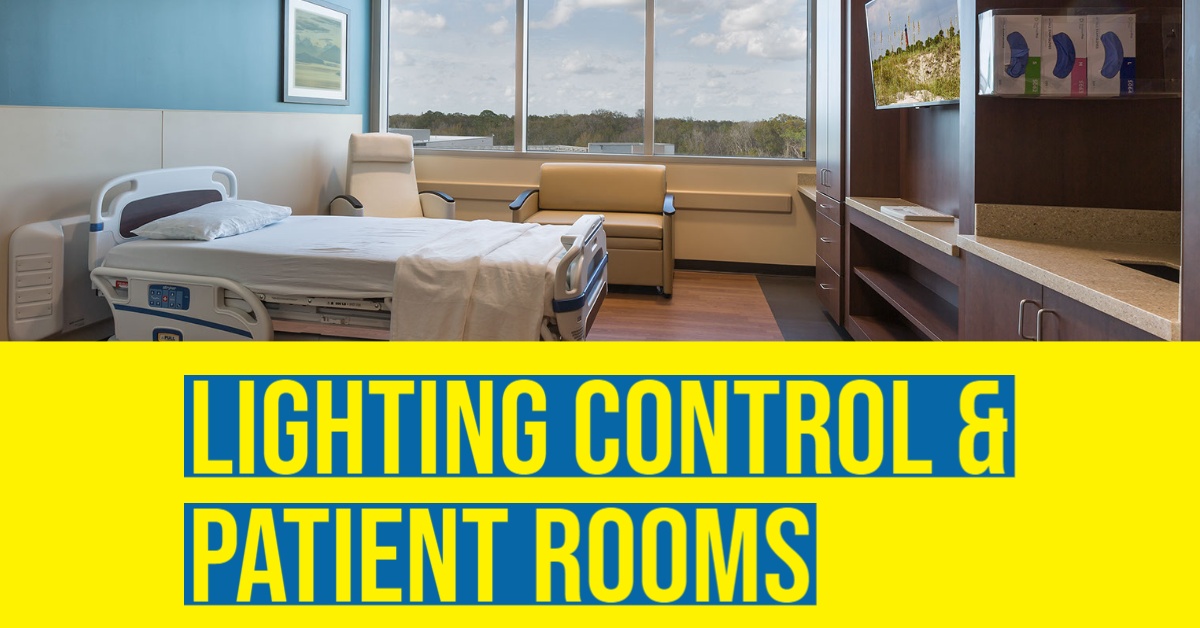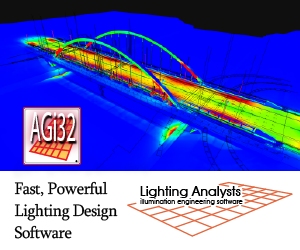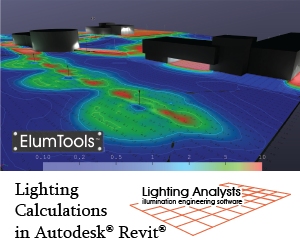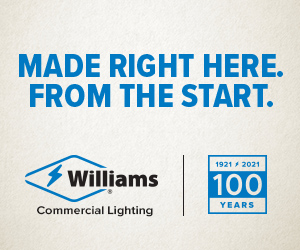Lighting Control & Patient Rooms

A PNNL survey reveals that hospital nurses want more control over lighting
Source: Pacific Northwest National Laboratory, U.S. Department of Energy
The healthcare industry serves Americans all day, every day, resulting in the industry consuming 10% of the energy used by all commercial buildings as of 2012, exceeded only by the office, education, and retail sectors. Reducing energy use in hospitals is challenging, particularly for lighting because it is critical for task performance, safety, and satisfaction of occupants. Innovative lighting systems in healthcare applications have vast potential to save energy while providing the flexibility needed for patient care. Improving the value of lighting systems is vital to the continued adoption of controls, a key part of the projected $890 billion in cumulative energy savings from advanced lighting systems by 2035.
A U.S. Department of Energy-funded Pacific Northwest National Laboratory study was designed to investigate how patient-room lighting systems could be improved from the nurses’ perspectives. This input is essential feedback because nurses spend significant time in patient rooms, are responsible for many light-dependent observations and procedures, and have frequent interactions with doctors, patients, families, and facility staff.
The study, conducted in collaboration with McCunn & Associates Consulting and published in Health Environments Research & Design, surveyed nurses who worked at four U.S. hospitals. Three of the hospitals had older, more traditional lighting systems, while one had a more contemporary lighting technology. The analysis focused on the responses of medical-surgical nurses—the largest subset of survey participants—to several open-ended survey questions that asked nurses to report their perceptions of patient-room lighting in relation to their professional duties. Nurses also provided comments in regard to the patients’ perception of the room lighting. A systematic qualitative methodology was applied to the survey results, identifying significant themes in the nurses’ responses.
A general theme of environmental control emerged from the nurses’ words and phrases and the ability to control both overhead and task lighting in patient rooms is a priority for nurses. While controllability was reported as being among the “best” lighting attributes in typical patient rooms, it also emerged as an attribute that could be refined to improve the productivity of staff and the satisfaction of patients. In particular, the nurses cited the need for patients to be able to directly control light levels through dimming capability and additional light sources.
Although not mentioned by the nurses as frequently as control, daylighting was also considered to be among the best lighting-related design attributes in the patient rooms, although control of lighting through windows remains an important consideration. For the nurses in the hospital that featured a contemporary lighting system, light trespass was considered to be an issue with regard to patient experience. This suggests that even when modern lighting models are in place, more attention can be paid to the ways in which light from windows and sources outside of patient rooms penetrates spaces and affects users.
The perspective of building occupants is critical when seeking to increase the value of lighting systems. In the case of hospital patient rooms, the nursing staff clearly desired better control over the lighting, day and night. This held true across the variety of patient rooms at the four hospitals surveyed, with a wide range of lighting systems. Careful implementation of innovative lighting systems remains key to delivering energy savings, while improving lighting quality and occupant satisfaction in the healthcare industry.
Authors:
Lindsay J. McCunn, Principal McCunn & Associates Consulting
Sarah Safranek
Andrea Wilkerson
Robert G. Davis
Don’t miss the next big lighting story…Click here to subscribe to the inside.lighting InfoLetter |



